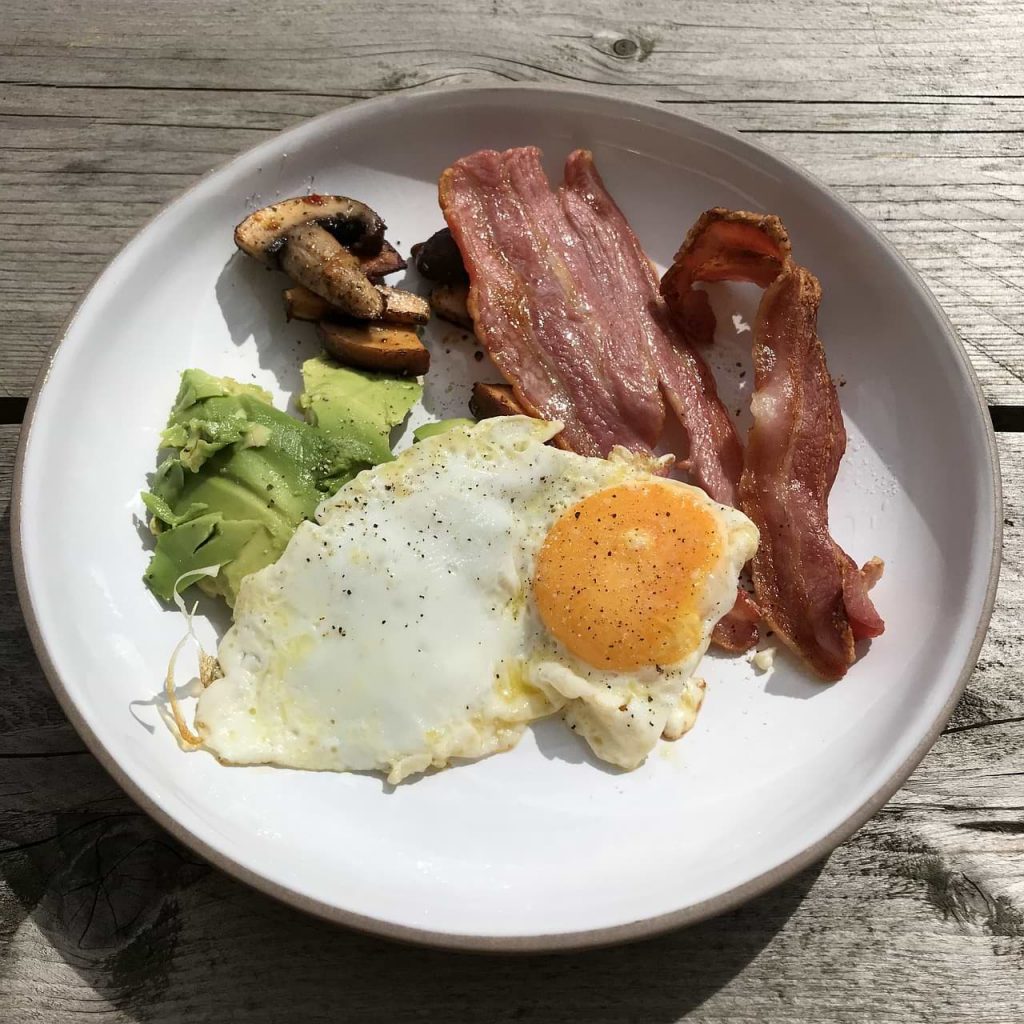I don’t like pulp in my orange juice. This is all just my personal preference, but I prefer drinking without the feeling of bits of pulp going down my throat. When I drink to quench my thirst, I want my drinks to be like water: clean, crisp, and no little bits that remain in my mouth after I drink.
Recently, however, I was told that drinking pulp in orange juice is a much healthier option. Apparently, the additional pulp contains nutrients that you can’t find in regular no-pulp orange juice. But just how true is this? I did the research to find out just how healthy drinking orange juice pulp is.
What’s in Orange Juice Pulp?
Natural orange juice comes from different types of oranges available in different locations. Oranges are a type of citrus fruit, which means it shares similarities with other citruses like lemons, grapefruits, and limes. Their similarities include the peel, the zest, the pith, and the segments that make it easy to pick apart citrus fruits by segments called a “locule.”

The space between every locule is filled with juice vesicles (also known as citrus kernels) which are membranes filled with the fruit’s juices. If you take an orange slice and peel back the skin (that’s actually the locule), you can see it filled with kernel-like bits. These vesicles, whether they’re still full of juices or already squeezed of its juices, are what’s known as the pulp. It is a natural substance and is where orange juice comes from. When you eat an orange slice, you’re actually just squeezing the juice out of the pulp and then eating the pulp.
How Orange Juice is Made
Orange juice can be easily made at home (either by hand, with a manual orange juicer, or an electric fruit juicer) or by purchasing orange juice from a fruit juice seller or from your supermarket. And just like pink lemonade that started as lemonade and strawberry juice, it can also be made with orange-flavored powder, though it isn’t as healthy.
Unlike other relatively healthy drinks like peach water, you don’t need to add water to make juice. If you’re looking for pure orange juice, it’s best to make it at home since you know it’s just orange juice. Some companies that sell orange juice add sugars, syrups, orange-flavored concentrates, and preservatives, so it might not be pure orange juice. Here’s an example of a company that makes pure orange juice.
Part of orange juice production is determining how much or how little pulp there will be. Some offer plenty of pulp, some less, while most generally offer pulp-free juice. However, some brands in the market offer “juicy pulp,” which is an orange juice pulp that isn’t squeezed; when you bite into it, the pulp releases even more orange juice.
Drinking Pulp in Orange Juice: Is Pulp Healthier vs. No Pulp?
When you drink fresh and pure orange juice without the pulp, the biggest nutrient you’re getting from it is vitamin C. Vitamin C can benefit your body in ways such as preventing common colds, preventing skin wrinkles, and keeping your immune system healthy. However, when you drink an orange’s juice instead of eating one (and thus leaving the pulp, locule, and the rest of the bits you can eat behind), you might be missing out on the nutrient-filled parts of the orange fruit.

For example, did you know that those white stringy things in the inner part of each orange slice are how orange fruits get their nutrients from the tree as it develops? While the health benefits of eating one of these “strings” are very small to notice, you can see how much nutrients are missed out of you skip out on the solid bits of the orange.
Although there are no studies to show how effective orange pulp is, the pulp is rich in fiber.
Fiber helps with bowel movement as well as managing cholesterol and sugar levels. It’s also good at keeping your digestive system’s good bacteria in check.
However, orange pulp is very small and very minimal. A glass of orange juice with pulp shouldn’t really be considered a part of your fiber serving per day (38 grams for the average man and 25 grams for women), but you get more fiber when you eat a raw orange fruit since you’re eating all the pulp.
Is Drinking Orange Juice with Pulp Always the Healthier Option?

Technically speaking, it’s not always the healthiest. For example, if you make freshly squeezed orange juice at home and strain it so you’re drinking no pulp, it’s still much healthier than store-bought orange juice filled with pulp but is loaded with sugar and orange concentrate. The health benefits of drinking pulp are basically canceled out if you’re downing plenty of sugar. So, just because you’re drinking “low pulp” or “more pulp,” does not mean you’re drinking healthy.
In terms of quenching your thirst, pure water is still the healthiest option. Not only does it have no added sugars and preservatives, but some water products can be added with minerals and other nutrients to give you your daily nutrients to function. Orange juice (and fruit juices in general, even if it’s pure fruit juice) should be taken in moderation. This means too much and you’re doing more harm than good to your body.
Orange juice with pulp can have health benefits, but it’s so minimal that no studies have ever proven that orange juice with pulp is healthier than it is without. Ideally, if you’re going to drink orange juice, the healthiest you can get is one that’s freshly squeezed and has no sugars or preservatives. Otherwise, just eat an orange raw. It’s just as nutritious and you’re also eating the edible bits that don’t make its way into your glass.



